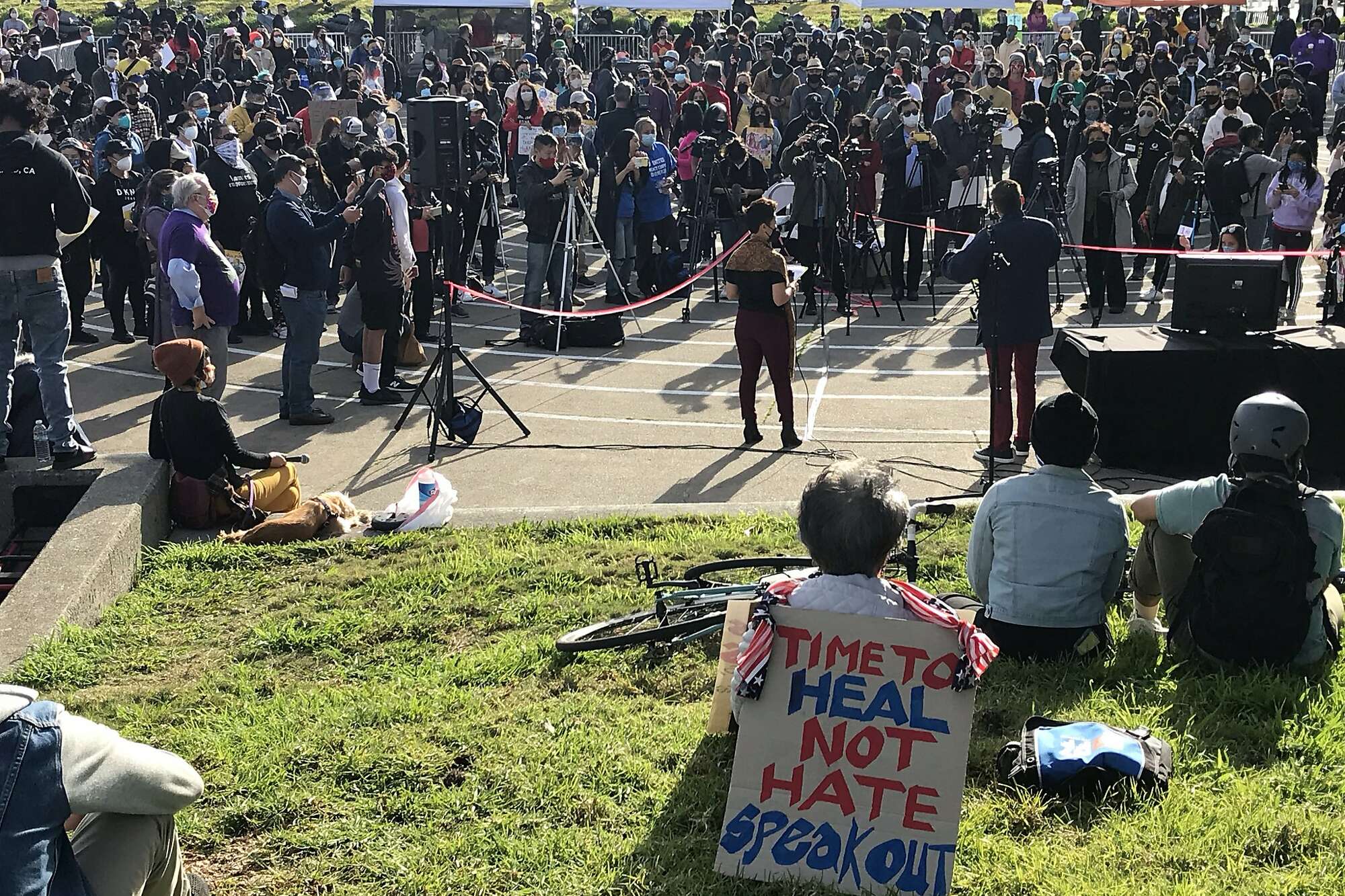On Thursday, February 25th, with a vote of 224 to 206, the House of Representatives again passed the Equality Act, a piece of legislation aiming to ensure the end of discriminatory laws against Americans based upon gender identity and sexual orientation. Propelled by the Biden-Harris administration and Congressional Democrats, it would “ensure protections for LGBTQ Americans in employment, education, housing, credit, jury service and other areas.” However, though perhaps unsurprisingly, this bill “was passed almost entirely on party lines,” totaling in “the support of all Democrats and just three Republicans.” While Democrats argue for this “explicit inclusion of basic, broadly accepted tenets of the Civil Rights Act,” many Republicans cite “infringe[ment] on the religious beliefs of individuals,” as well as a “violat[ion] of women’s right to privacy and safety in [women’s sports].” In the words of Republican Representative Randy Weber of Texas, many Republicans view the bill as “anti-life, anti family, [and] anti-faith.”
But this is nothing new. In 2019, under the Trump administration, the bill had also passed in the House, but a then Republican-led Senate “refused to hold a vote.” Now, with a Democrat-led House, Senate and White House, the opportunity to pass this legislation appears more open and significant than ever. As the bill has moved on to the Senate, a member of the Human Rights Campaign organization commented on the division between parties in this initial House vote, highlighting a need for “[a] substantial amount of education and outreach to members of the Senate that are operating under, in some instances, fear and misinformation.”
This video displays a press conference held by Democratic leaders in an effort to articulate their perspectives on the bill. It's a bit long, so I recommend pausing around 3:54, or listening for about another minute or two to hear a summarized explanation of the history of the bill.
Dating back to the Stonewall Riots of 1969, an incident that helped fuel the creation of LGBTQ activist groups, the history behind the Equality Act is one that increasingly demonstrates a strong "shift in public opinion" towards support of LGBTQ rights. In a 2020 Public Religion Research Institute survey,“more than eight in ten Americans (83%) favor[ed] laws that would protect gay, lesbian, bisexual, and transgender people against discrimination in jobs, public accommodations, and housing, compared to only 16% of Americans who oppos[ed] such laws.” The Equality Act both expands and incorporates upon the provisions of the Civil Rights Act of 1964, adding “federally funded programs and public accommodations” to the areas of discrimination deemed unconstitutional. Across the nation, businesses would be prohibited from denying services to consumers solely due to their gender identity and sexual orientation, in addition to past explicitly stated factors, such as religion and race. The Supreme Court’s ruling in Bostock v. Clayton County (2020) similarly pursues the extension of sexual orientation and gender identity to laws of discrimination in the workplace, also under the Civil Rights Act of 1964.
President Biden continues to reiterate the passage of this bill as a “policy priority,” emphasizing that "every person should be treated with dignity and respect, and [that] this bill represents a critical step toward ensuring that America lives up to our foundational values of equality and freedom for all.” However, with 60 votes needed to avoid a filibuster in the evenly split Senate, it seems the early turmoil in the House could signal further division and conflict.
CBS on "House passes Equality Act..."
NYT on "House Passes Sweeping.."
NPR on "Here's What It Would Do..."
Washington Post on "House votes to pass..."





